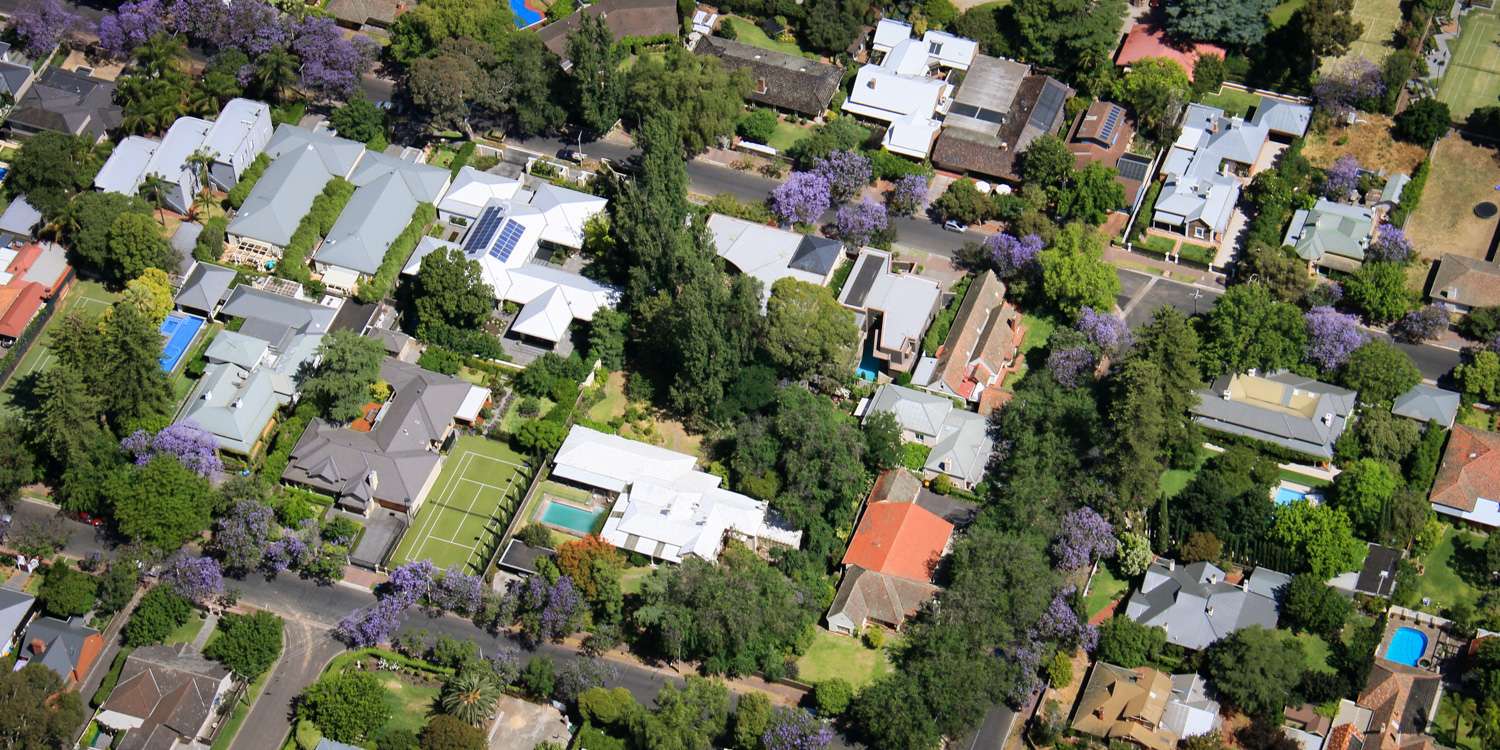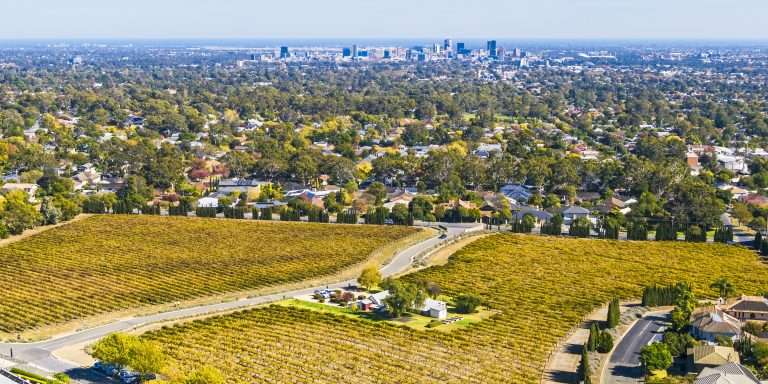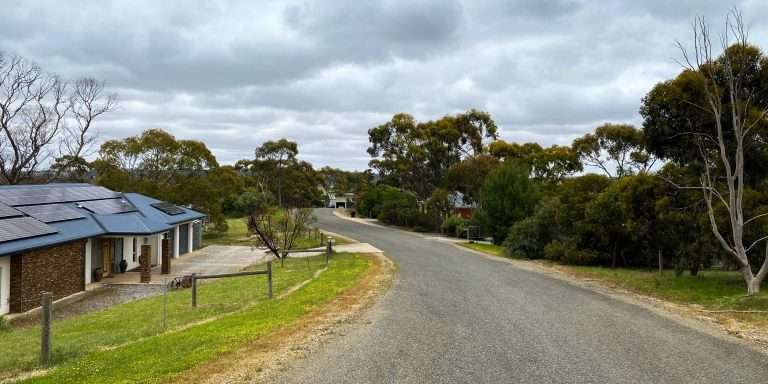Finding ways to better integrate trees in urban areas is a prominent planning issue at the moment. We are hearing this through our community engagement work for Green Adelaide on the Urban Greening Strategy for Metropolitan Adelaide. We are also hearing it in our work for the City of Adelaide on its Urban Greening Strategy.
Our work in development facilitation means that we are across current case law associated with large trees and how there are treated in the development assessment process.
The ERD Court recently considered the removal of a large River Red Gum on the site of car sales and servicing centre in the matter of “Jarvis Property No.3 Pty Ltd v City of Holdfast Bay Assessment Panel [2023] SAERDC 2 (20 February 2023)”. A key test in the Planning & Design Code (SA) was whether removal of this Significant Tree would “mitigate an unacceptable risk to public or private safety due to limb drop or the like…”.
There was agreement among experts that the tree in question makes an important contribution to the character and amenity of the local area and forms a notable visual element to the landscape.
Despite this, the ERD Court found that this tree is appropriate for removal because:
- The tree has a history of significant branch failures. There are numerous scars in the canopy, some indicative of sudden failure. Over the last three and half or so years this tree has shed three sizeable limbs, large enough to cause serious injury or worse, from high in the canopy. Numerous smaller branches, still large enough to cause injury, have also failed during this period.
- The tree has numerous over-extended and end-weighted branches. It is often healthy vigorous River Red Gums that are most prone to sudden limb failure without warning in calm conditions. The brittle wood of this species results in complete failure of branches. Without an under canopy to break falls this further increases the risk posed by the tree.
- The tree is in a car park serving commercial service trade premises, it will be used by staff and customers frequently. The location of this tree and the level of human activity beneath the canopy elevates the risk when compared to similar trees located in different circumstances.
- In this instance, pruning will exacerbate the risk posed by the tree either because the canopy will remain high and unsupported by lower branches, or because the extent of the pruning required is akin to lopping which will encourage epicormic regrowth that of itself will pose an increased risk of limb failure. The brittle wood structure of the species and complete break characteristics mitigate against cabling of branches. An effective an exclusion zone would require the access to the building and the car park to be rearranged, resulting in the loss of already under provided on-site car parks in a locality where on-street parking is at a premium. Therefore, remedial measures are not appropriate in this instance.
Just another example of the multitude of issues that need to be considered when creating the right policy and physical environment for improved urban greening.



